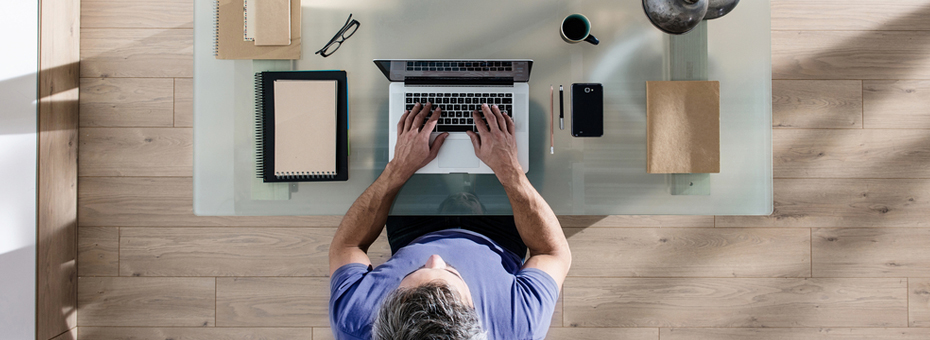I’ll be the first to admit I’ve never won any awards for Most Organized Workspace. It’s never been my forte, especially with the nature of my job being as helter-skelter as it is. Things just tend to pile up sometimes.
But when I started at Lean Enterprise Institute (and learned about lean for the first time), I realized that there was no excuse anymore for disorganization. All employees at LEI are expected to keep orderly desks. We do this using the 5Ss, that key, 5-step kaizen engine that organizes a work space for lean production and visual management. Here’s how each of the 5Ss helped me make it through my first week:
1. Sort
By my third day on the job my desk looked like the aftermath of an explosion at the Dunder-Mifflin warehouse. Post-Its, folders of papers from my orientation, and random bits of scrap paper with hastily scribbled notes were so scattered that I could see maybe one square inch of my desk beneath it all. The first step of the 5Ss, seiri, involves reducing your materials to just the necessities. I gathered up all my papers and sorted them them into two piles – KEEP and DISCARD. Everything in the DISCARD pile, appropriately enough, was discarded. The keep pile made it to the next step.
2. Set in Order
Now that I had a neat stack of just what materials I needed, I moved on to the second S – seiton, or Set in Order. Yes, that stack of papers looked a lot less like clutter now, but there was no rhyme or rhythm to it. Organization was needed, and I got to work. I labeled a bunch of hanging folders for such categories as “In Progress,” “Benefits,” “Community,” and “Archived Work.” I had three drawers in my desk – they became my Stationary drawer, my Books drawer, and my Files drawer. I got an inbox for inbound work and labeled it with a colorful sign. All my pencils, pens and markers went into a mesh cup. For the first time I could remember, I was actually fully and completely organized.
3. Shine
Time to Shine with Step 3. Did my desk need to be washed down after using it for three days? Not really. But I’m all about eliminating waste, and skipping an S sure as heck sounded like waste in its own way. I used this step to dust off my computer screen and keyboard, and wipe down my desk with a Lysol wipe. And even though my already-clean desk didn’t look any cleaner afterward, it sure smelled better!
4. Standardize
Taking a step back and looking at my desk, I thought it looked pretty good. The surface was clean and clear, no clutter, and all my work materials were put in their places. This state of cleanliness was my standard. Now I had to figure out how to make this my standard, because I knew that by this time tomorrow the notes and papers would be avalanching onto my desk. I sat down and put on my seiketsu (Standardize) hat. I thought, what papers take up the most space on my desk on an average day? I realized it was my daily projects and reminders, which I’d hastily scribble on sticky notes as they came in. I needed to find a better long-term system for compiling my notes, and that’s what I did. Now I have three large notebooks at my desk (in my stationary drawer, of course!), one for each of my job roles. If I need to write myself a note or reminder, it goes into the corresponding notebook. I also ordered a large desk calendar to keep track of my notes and assignments with time constraints. Result: a lot of saved Post-Its and a whole lot less clutter, day after day.
5 .Sustain
The final S is Sustain, also known by its Japanese term, shitsuke. This involves setting up a discipline system to ensure the workplace stays at the standards from the previous step. I’m working on this part. So far I’ve gotten myself into a rhythm of checking my calendar every day, and I’m working on learning to put papers in their appropriate place the second they land on my desk. But as I learn a little more every day, another part of a successful lean implementation is to always be continuously improving.
What I found most interesting in implementing the 5Ss at my work station was the results-to-complexity ratio. It was a simple, easy activity that only took a couple of hours to implement, and yet I’ve saved that amount of time many times over, by knowing exactly where to look for saved work, having all my appointments and deadlines for a given day in one easily visible place, and having a place to put everything before it becomes clutter. And that saved time has helped me free up my schedule for new, more value added tasks for the better of me, our customers and my team at LEI. It’s a win-win all around.





